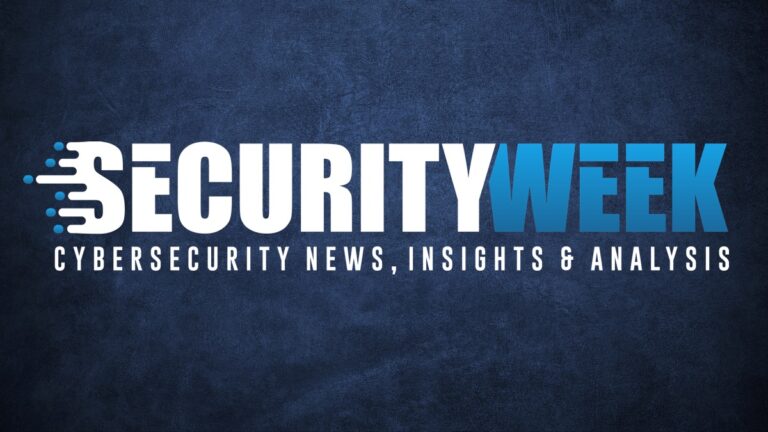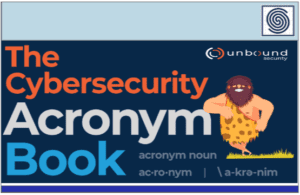Source: www.securityweek.com – Author: Torsten George
This October will mark the 20th anniversary of Cybersecurity Awareness Month, a pivotal initiative launched under the guidance of the U.S. Department of Homeland Security and the National Cyber Security Alliance (NCSA). It’s primary goal is to empower Americans with knowledge that enables them to stay safe and secure online.
In the spirit of reflection, this year’s campaign theme, “20 Years of Cybersecurity Awareness Month”, takes a critical look at the evolution of security education and awareness, while also examining the path ahead in securing our interconnected world. This year’s NCSA campaign will put a spotlight on crucial cybersecurity practices, including the importance of regularly updating software, recognizing and reporting phishing attempts, enabling multi-factor authentication (MFA), using strong passwords, and employing password managers. While these fundamentals are undeniably vital, organizations must recognize the need to go beyond them to fortify their cyber resilience.
Hackers often choose the path of least resistance, typically targeting the weakest link in the cybersecurity chain—humans. As a result, a significant number of data breaches today stem from credential harvesting campaigns, often followed by credential stuffing attacks. Once attackers infiltrate a network, they can laterally traverse it, seeking privileged accounts and credentials that provide access to an organization’s most sensitive data and critical infrastructure. Consequently, it comes as no surprise that IBM Security’s Cost of Data Breach Report for 2023 identifies stolen or compromised credentials as the most common initial attack vector, accounting for 15% of data breaches.
Despite years of advocacy for robust password policies and widespread multi-factor authentication adoption, many users still rely on weak passwords or reuse them across multiple accounts. Attackers can effortlessly exploit these practices, gaining access to numerous accounts tied to the same user. Thus, security practitioners can no longer presume implicit trust among applications, users, devices, services, and networks. This shift in mindset has prompted numerous organizations to embrace a Zero Trust approach, contemplating the augmentation of conventional network access security methods like virtual private networks (VPNs) and demilitarized zones (DMZs) with Zero Trust Network Access (ZTNA) solutions.
ZTNA solutions establish identity- and context-based logical access boundaries around applications or sets of applications. Access is granted to users based on a wide range of factors, such as the device in use, device posture (e.g., the presence and functionality of anti-malware software), access request timestamp, and geolocation. The solution dynamically determines the appropriate access level for each specific access request, recognizing that the risk levels of users, devices, and applications are in constant flux.
Mastering Vendor Evaluations
When selecting ZTNA solutions, you’ll encounter a plethora of vendors vying for your attention. To guide security practitioners embarking on the vendor evaluation process, here are five essential tips:
- Resilient ZTNA – Prioritize ZTNA offerings that exhibit resilience, ensuring they can function seamlessly despite disruptions, unintentional decay, or malicious actions.
- Visibility Matters – Assess ZTNA solutions for their ability to provide in-depth visibility into all endpoints, data, networks, and applications within your organization. The more granular the insights, the more intelligent your access decisions become.
- A Future-Proof Platform – Choose ZTNA solutions that align with your organization’s Security Service Edge (SSE) architecture plans. These solutions allow you to transition from a tunnel-based approach to a software-defined perimeter over time, consolidating secure tunnels, ZTNA, and Secure Web Gateway (SWG) capabilities on a single platform.
- Not Just Security, But Employee Experience – Explore ZTNA solutions equipped with integrated digital experience monitoring (DEM) capabilities. These features capture real-time insights into the experiences of remote and mobile workers, enabling you to fine-tune your application access policies continually.
- Embrace Best Practices in Zero Trust – Opt for ZTNA solutions that adhere to the National Institute of Standards and Technology (NIST) Zero Trust Architecture. This approach emphasizes policy enforcement as close as possible to the user, often enforced directly at the endpoint.
To successfully navigate the challenges of today’s digital landscape, organizations must break free from the cycle of password dependency. While numerous approaches can lead to this goal, ZTNA stands out as a solution that enables organizations to minimize their attack surface while ensuring the productivity and security of their remote workforce.
Original Post URL: https://www.securityweek.com/navigating-the-digital-frontier-in-cybersecurity-awareness-month-2023/
Category & Tags: Identity & Access,Network Security,Zero Trust,ZTNA – Identity & Access,Network Security,Zero Trust,ZTNA




















































